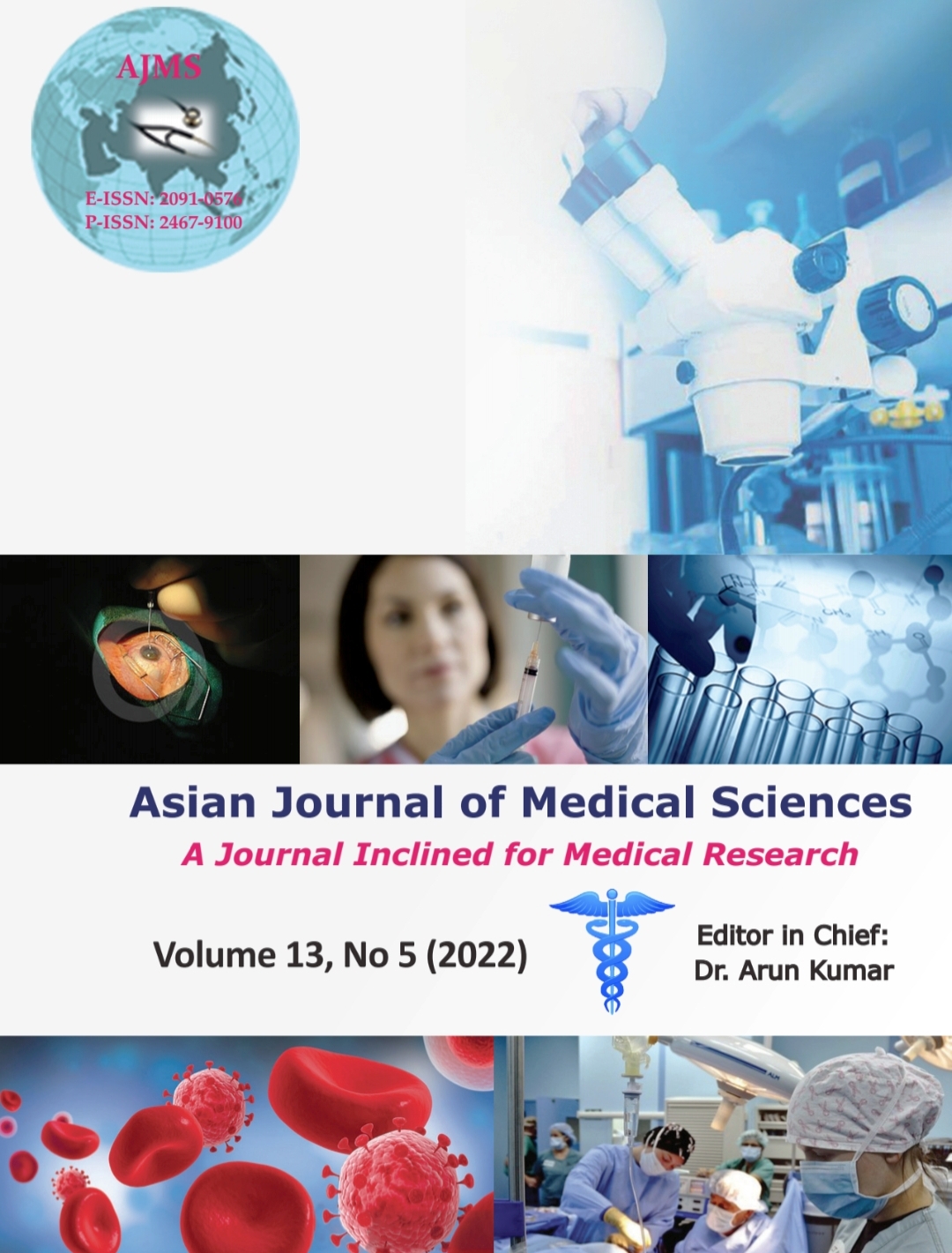Significance of tumor budding in colorectal carcinoma – A tertiary care center study
Keywords:
Colorectal carcinoma, Epithelial-mesenchymal transition, Prognostic factors, Tumor buddingAbstract
Background: Colorectal carcinoma is one of the leading causes of mortality worldwide. Although the current TNM staging helps in prognostic stratification, these cancers are known to show heterogeneous behavior within the same stage. A search for other prognostic histopathological factors has been in process. One such factor is tumor budding.
Aims and Objectives: This study was aimed at enumerating tumor budding, stratifying it, and identifying correlation with other the clinicopathological factors.
Materials and Methods: This was a retrospective study conducted in the Department of Pathology, Hassan Institute of Medical Sciences, Hassan. A total of 124 cases were studied. Archived blocks and slides were retrieved, reviewed, and assigned a tumor budding grade on H&E staining. Grade of tumor budding was correlated with various clinical and histopathological parameters for statistically significant association.
Results: A total of 124 cases were studied which showed female preponderance (54.8%) in presentation and the most common age group being 61–70years (48%). Adenocarcinoma was the most common histological subtype (83.8%). Lymph node metastasis was observed in 52 cases (42%). The grade of tumor budding was low in 96 cases (77.5%), intermediate in 20 cases (16%), and high in 8 cases (6.5%). Statistically significant association was observed between grade of tumor budding and age, histological grade, lymphovascular invasion, and lymph node involvement.
Conclusion: Tumor budding is an independent prognostic marker for adverse prognosis and predictor of lymph node metastasis. Enumerating tumor budding on routine H&E slide is an inexpensive method of providing additional prognostic factors for better patient management.
Downloads
Downloads
Published
How to Cite
Issue
Section
License
Copyright (c) 2022 Asian Journal of Medical Sciences

This work is licensed under a Creative Commons Attribution-NonCommercial 4.0 International License.
Authors who publish with this journal agree to the following terms:
- The journal holds copyright and publishes the work under a Creative Commons CC-BY-NC license that permits use, distribution and reprduction in any medium, provided the original work is properly cited and is not used for commercial purposes. The journal should be recognised as the original publisher of this work.
- Authors are able to enter into separate, additional contractual arrangements for the non-exclusive distribution of the journal's published version of the work (e.g., post it to an institutional repository or publish it in a book), with an acknowledgement of its initial publication in this journal.
- Authors are permitted and encouraged to post their work online (e.g., in institutional repositories or on their website) prior to and during the submission process, as it can lead to productive exchanges, as well as earlier and greater citation of published work (See The Effect of Open Access).




